The Mall That Made Downtown Feel Big
Before it faded from memory, Columbus City Center was hard to ignore. Its sheer size was part of the draw: three stories, more than a million square feet, and a view of the Ohio Statehouse from the atrium escalators.
From its opening day in August 1989, the place carried a kind of weight that downtown hadn’t seen.
Anyone tracking things to do in Columbus, Ohio, back then had it near the top of the list. What followed, though, wasn’t built to last.
Launching a Downtown Retail Powerhouse
The Columbus City Center opened on August 18, 1989.
Taubman Centers developed the mall as part of the city’s Capitol South project.
The location was intentional: across from the Ohio Theatre, down the block from the Statehouse, and physically connected to the Hyatt on Capitol Square.
City leaders expected it to help anchor the downtown economy.
The original design allowed for over 140 stores spread across three levels.
The total floor area reached 1,250,000 square feet.
Three department stores helped frame the retail footprint: Jacobson’s, Marshall Field’s, and Lazarus.
Lazarus, long established in downtown Columbus since 1851, was woven into the layout with an enclosed skywalk that linked it directly to the mall.
This Lazarus location served as the company’s flagship store. Retail space filled quickly.
A major boost came from Limited Brands, headquartered in Columbus, which committed to placing all of its retail concepts in the mall.
That decision helped establish City Center as a preferred address for mid-to-high-end retailers.
Taubman Centers oversaw management during the early years.
But even at its height in 1992, with all major spaces occupied, the mall’s future wasn’t guaranteed.
No adjustments had been made yet for the changing dynamics of suburban growth, or the pressure that would soon come from newer shopping centers outside the downtown grid.
Those pressures weren’t far off.

Retail Competition Reshapes the Columbus Market
Columbus City Center didn’t collapse in a single blow.
It was chipped away by timing, geography, and new development strategies that played out beyond the downtown loop.
In July 1997, The Mall at Tuttle Crossing opened on the city’s northwest side.
Built by the same company that developed City Center, Tuttle targeted suburban shoppers who lived far from Capitol Square.
The impact hit Westland Mall the hardest, but it also created a diversion for affluent buyers who might have once driven downtown.
Then came Easton Town Center in June 1999.
Located at the northeast corner of Columbus, at the junction of I-270 and I-670, Easton didn’t follow the traditional mall blueprint.
It offered a walkable, open-air retail layout with clustered storefronts, fountains, and restaurants.
That shift in format quickly caught attention. Developers pitched Easton as a full-day destination rather than a one-stop errand.
Polaris Fashion Place opened in October 2001, 20 miles north of the Columbus City Center site.
Glimcher Realty Trust built Polaris to absorb traffic from rapidly growing suburbs like Powell and Worthington.
At the same time, Northland Mall, another longstanding competitor on the north side, was spiraling toward its 2002 closure.
Each of these projects peeled away a different segment of Columbus City Center’s customer base.
Retailers followed the money and the foot traffic.
Between 1997 and 2001, leases at City Center began to expire.
Some stores moved north, while others downsized or shut down altogether.
Downtown Columbus was still busy during work hours, but the mall’s footfall outside of lunch breaks kept shrinking.
Anchor Losses and Leasing Collapse
Anchor stores give a mall gravity. Once those start to disappear, the smaller tenants usually follow.
In 2002, Jacobson’s filed for bankruptcy and closed its Columbus City Center location, ending its run after more than a decade in Columbus.
That left a hole on one end of the property that never got refilled.
Two years later, in mid-2004, the downtown Lazarus store shut down.
The decision ended 153 years of downtown retail operations under that name.
Its connection to Columbus City Center had been physical, too—an enclosed bridge across High Street.
After it closed, the structure stood, but the space felt empty.
Meanwhile, the third anchor was already in flux. Marshall Field’s transitioned to Kaufmann’s in 2003.
That name stayed on the building until 2005, when it was changed again to Macy’s after the Federated-May merger.
But Macy’s never treated the downtown location as a long-term investment.
Sales at the Columbus City Center store continued to decline, and by late November 2007, the doors were shut for good.
By early 2009, only eight small stores remained open.
They occupied a combined total of 5,000 square feet—less than half a percent of the mall’s original footprint.
The rest was shuttered, dark, or simply vacant. Maintenance slowed.
Marketing had stopped, and even the holiday season in 2008 passed without much ceremony.
The last holdout was a Mark Pi’s Express near the food court.
It had been there since opening day in 1989. It closed on February 27, 2009. The mall itself locked its doors on March 5.
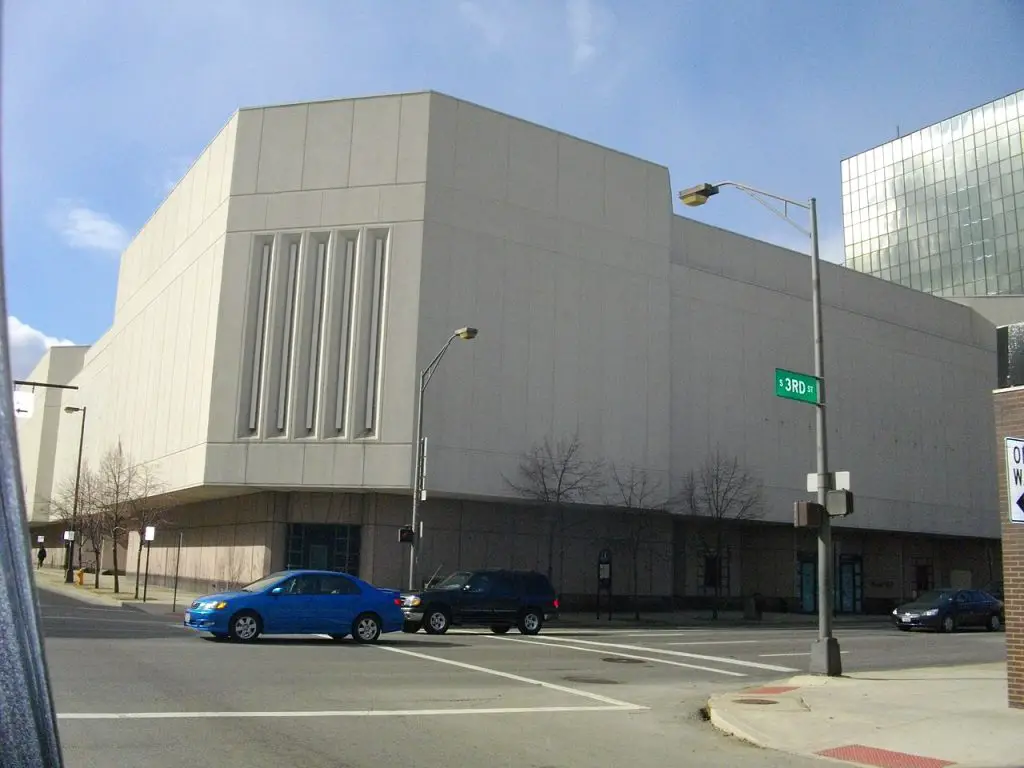
Real Estate Disputes and Demolition Logistics
By mid-2007, ownership of Columbus City Center had grown messy.
Simon Property Group still held the lease, but the city was preparing to act.
On July 31, Columbus officials filed a lawsuit to evict Simon.
The complaint focused on deferred maintenance, unpaid property taxes, and a missed rent payment of over $200,000.
Mayor Michael Coleman didn’t wait for the courts to sort it out.
The city announced plans to buy the mall outright and regain control.
Simon had inherited the mall through its 2007 acquisition of assets from Mills Corporation, which had itself purchased holdings from Taubman.
At the time, Mills was already under pressure, reporting financial irregularities, delayed projects, and mounting losses.
Columbus City Center wasn’t a priority.
With legal leverage in hand, Columbus struck a deal.
The city took ownership and started planning its next move.
On February 3, 2009, Mayor Coleman confirmed the mall would close permanently on March 5.
The announcement didn’t come as a surprise. The building had become mostly vacant, with utilities and upkeep scaled back to bare minimums.
Demolition was awarded to S.G. Loewendick & Sons, a regional contractor based in Grove City.
They started teardown work around October 2009. The process wasn’t rushed.
Crews had to manage utility lines, public safety, and the still-active parking deck.
Demolition wrapped in March 2010.
The parking garage remained standing and in daily use.
Over time, it was tied by a walkway to two new mixed-use projects: 250 South High Street, completed in January 2016, and 80 on the Commons at 80 East Rich Street.
Both developments combined ground-floor retail with upper-level residential units.
Public-Space Investment and the Rise of Columbus Commons
Even before demolition ended, the city had already moved on to what would come next.
Columbus Commons didn’t arrive by accident.
It was a pre-planned $20 million redevelopment with strong ties to the city’s broader revitalization agenda.
The new design replaced concrete with nine acres of green space.
Columbus Commons opened to the public in May 2011.
Its layout featured gardens, a café, a performance stage, a carousel, and open lawn areas built for events.
The old mall’s underground parking remained intact, now serving the park and surrounding offices.
The west side of the park became a site for private investment.
Highpoint on Columbus Commons, a $50 million residential and retail complex, rose in place of the old anchor department store footprint.
It offered 301 apartments and 23,000 square feet of ground-level commercial space.
The project aligned with what the city saw as a growing downtown housing trend—one that had started gaining traction in the late 2000s, particularly around the Arena District and nearby German Village.
The Lazarus building, closed since 2004, was retrofitted for research, office use, and dining by 2010.
Rather than attracting suburban traffic, the area was now repositioned to serve a downtown residential base.
Retail wasn’t gone from the area, but its role had changed.
Now it followed people who lived nearby. Not the other way around.
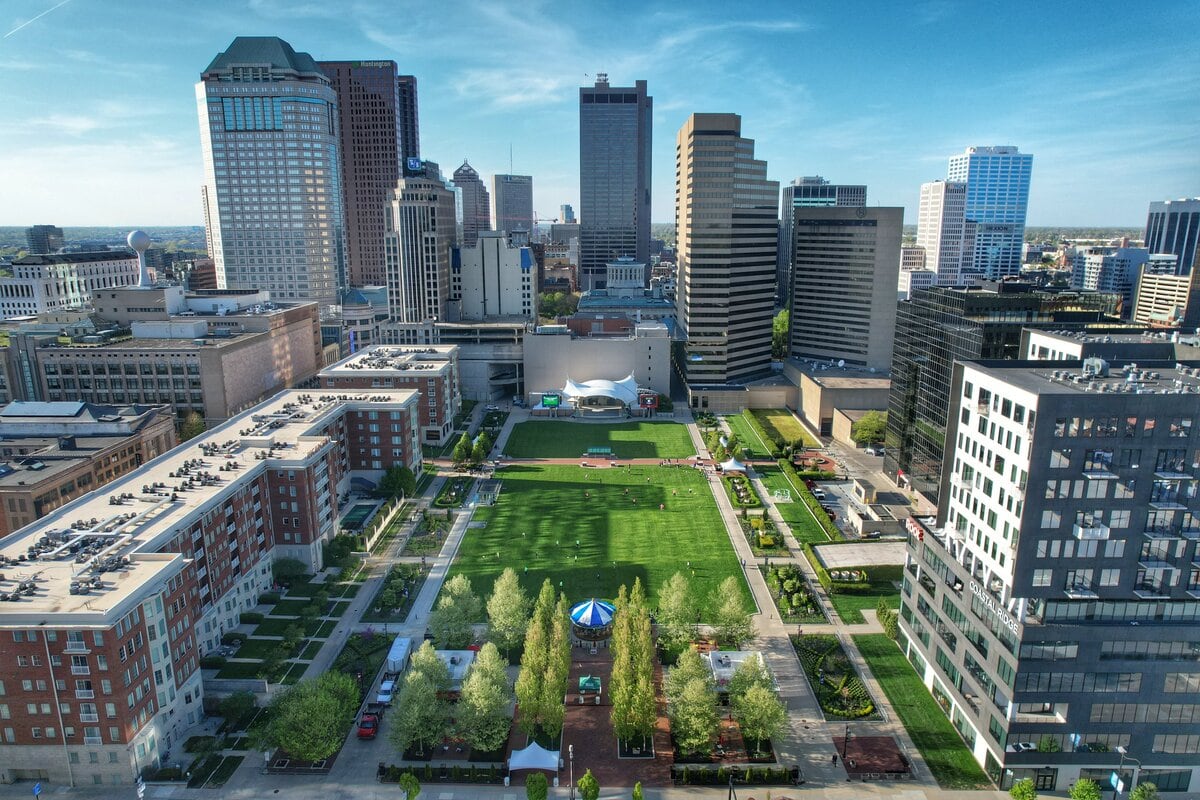
🍀

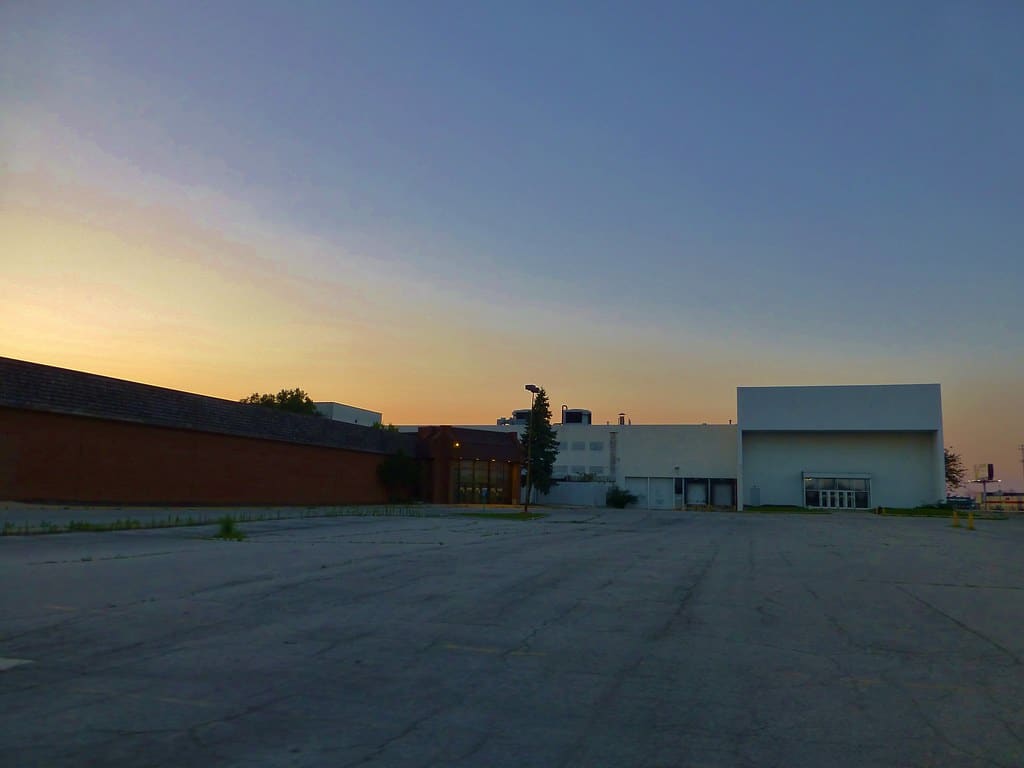
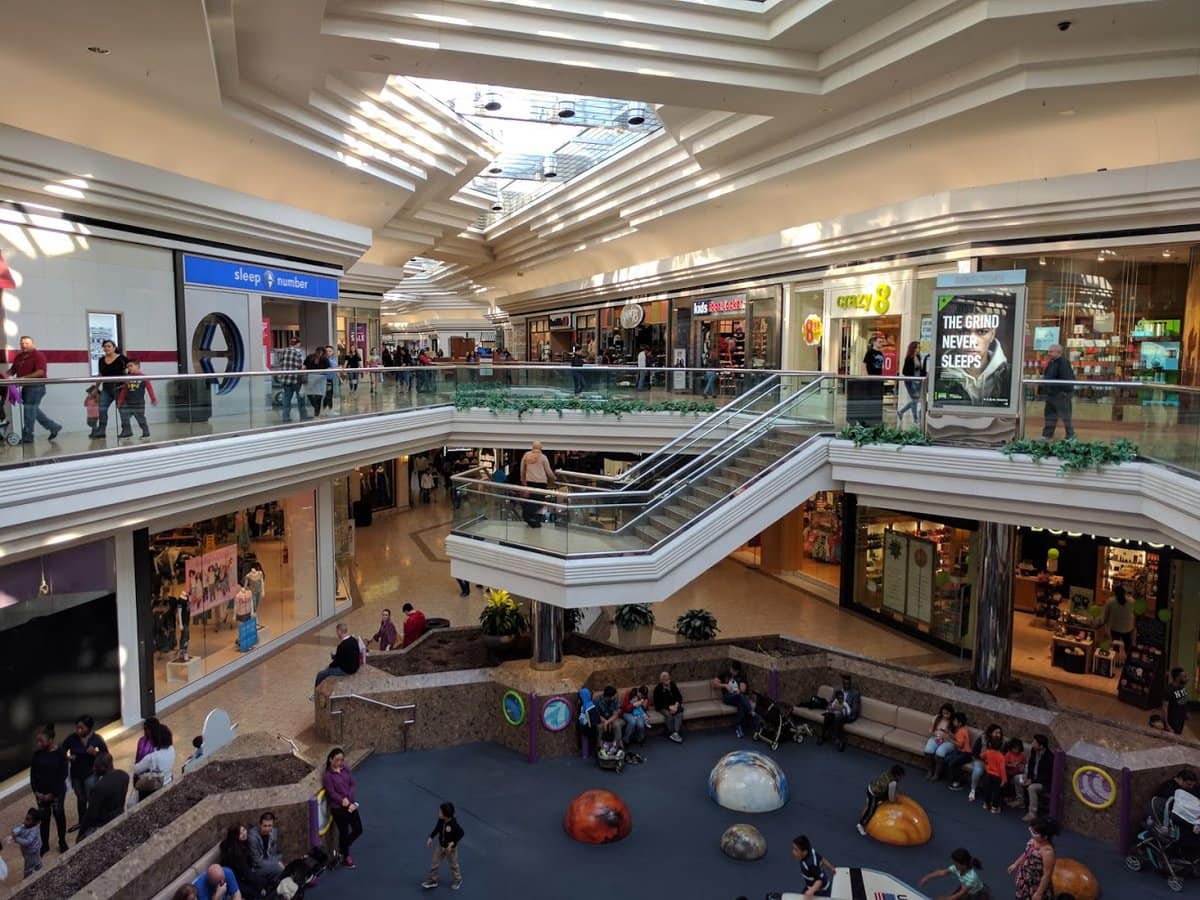


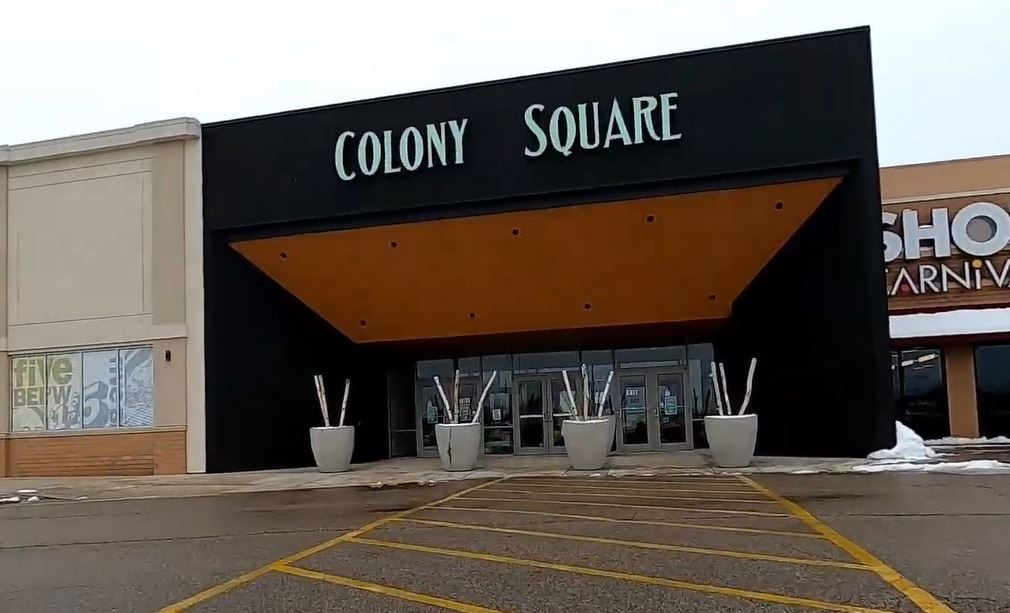
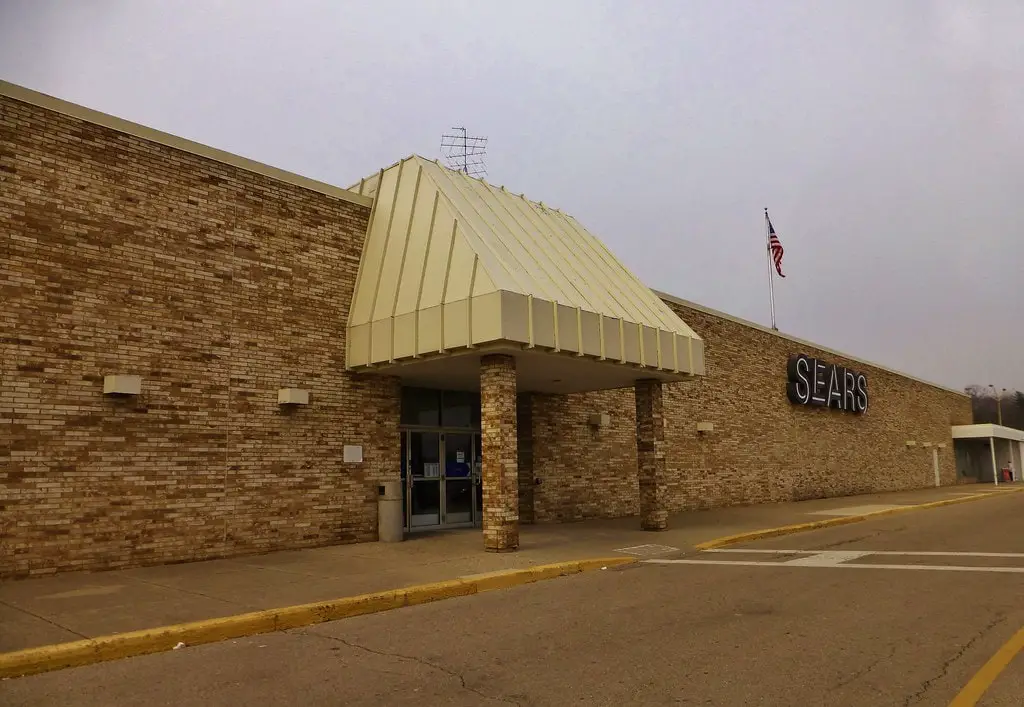

Let’s be honest not just stores leaving and other nice malls opening. there were non stop fights and shootings toward the end that sealed City Centers fate. I remember going as a kid with my mother there all the time until it was just too chaotic to want to go anymore. It became a mall that was not safe to go to anymore.
Your comment sheds light on a complex issue beyond just economic factors. The social environment plays a crucial role in the success or failure of public spaces like malls. Thank you for adding your voice to the conversation.
The ONLY thing that brought down City Center Mall was the damn gang shooting on the escalator. NO ONE wanted to shop there after that!
Sometimes one event, especially when public and violent, speeds up the decline that was already underway. The timing matters, even if other problems existed too.
Name one city that is “safe” to be out at night. (crickets). It is a lack of integrity (i.e. honesty) by the author not to even mention one word – “crime”. THAT element was the stake that killed that mall.
You raise a hard point. Urban life always includes risk, but the perception of danger, especially in places meant to feel casual, can tip everything.